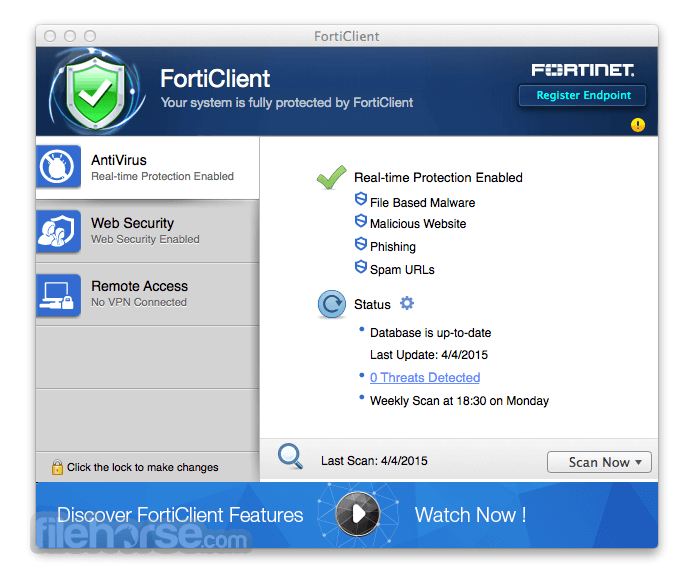

Generating the Server and Client Certificates and Keys Then type the following commands, followed by return: (assuming you have moved the easy-rsa directory to this location) Linux/BSD/UNIX: Open a terminal window and type Windows: From the Start button select cmd, and in the command window type: Generating the Master Certificate Authority (CA) Certificate & Key On Linux machines this will probably be installed in an easy-rsa directory machines at /usr/share/doc/packages/opevpn or /usr/share/doc/openvpn-2.0, but it’s a good idea to move this to /etc/openvpn to prevent it getting overwritten by future updates. On Windows machines you’ll find it at: C:Program FilesOpenVPNeasy-rsa To get started, you’ll need to use the Easy-RSA PKI suite. If you don’t know what this means, don’t worry: just follow the instructions. Once you’ve got OpenVPN successfully installed, it’s time to build the public key infrastructure needed for certificate-based authentication. Source code: Download source code from, compile and install it.

Mac OS X: Download and install Tunnelblick OpenVPN GUI client installation package from Ubuntu: Download and install OpenVPN using Synaptic Package Manager Red Hat, Fedora, CentOS: Download RPM packages from Windows: Download the OpenVPN GUI installation package from Downloading and Installing OpenVPNīefore you can get OpenVPN running on any computer you need to download and install it: In this second and concluding OpenVPN article I am going to go through what it takes to get an OpenVPN Ethernet tunnel set up between a laptop computer and an office or home machine acting as an OpenVPN server. OpenVPN is famously difficult to get up and running, but the truth is that it needn’t be.


 0 kommentar(er)
0 kommentar(er)
